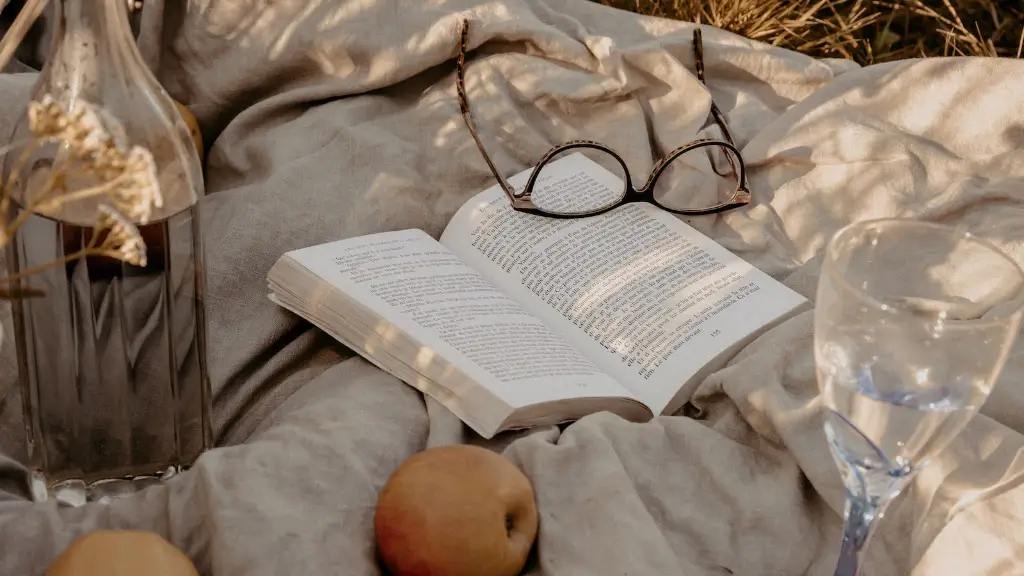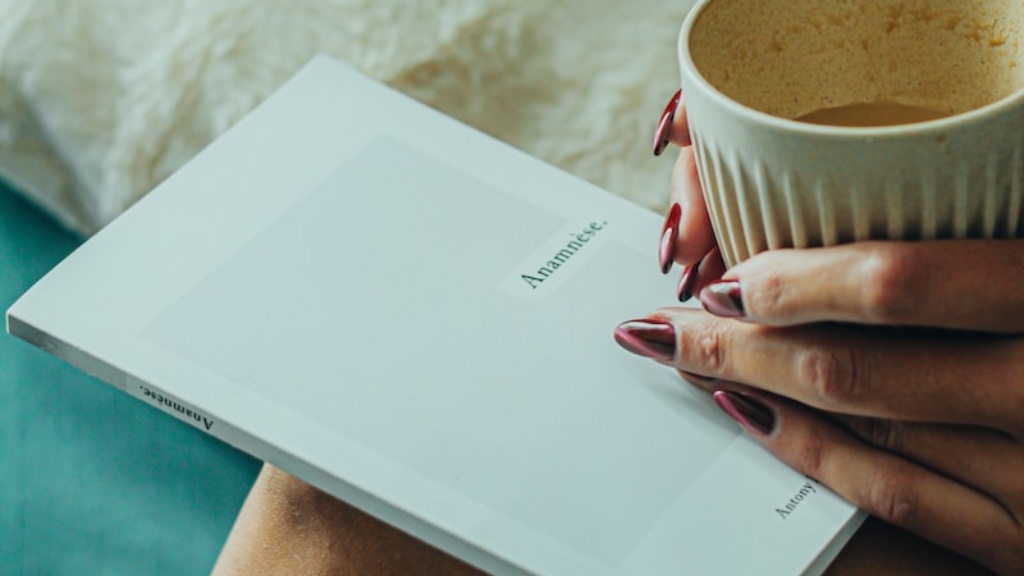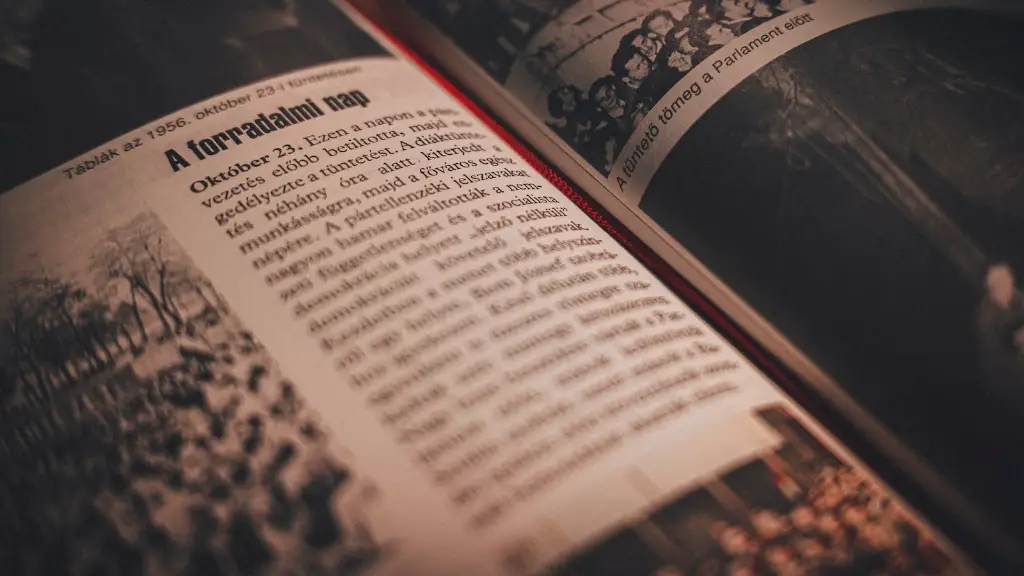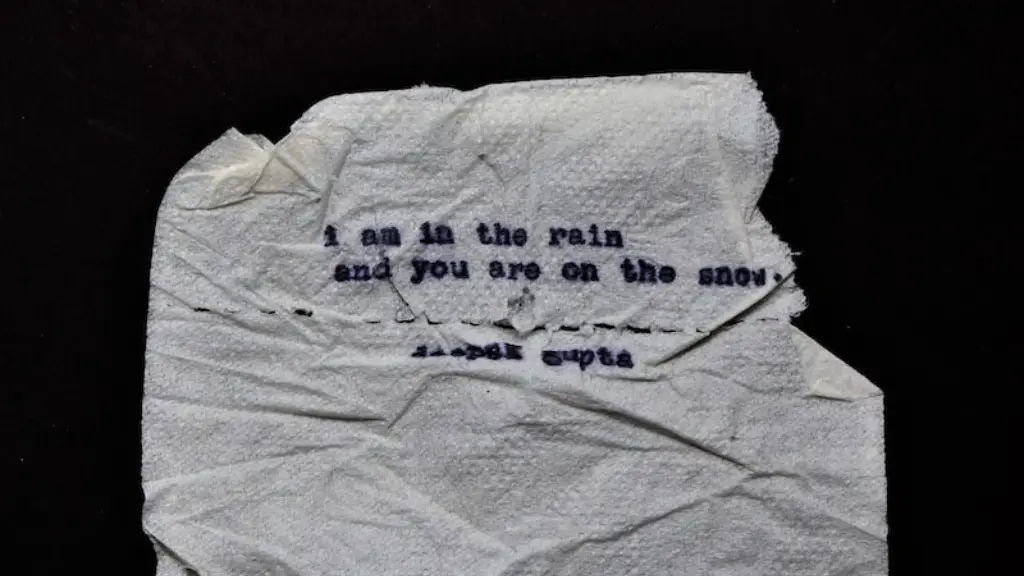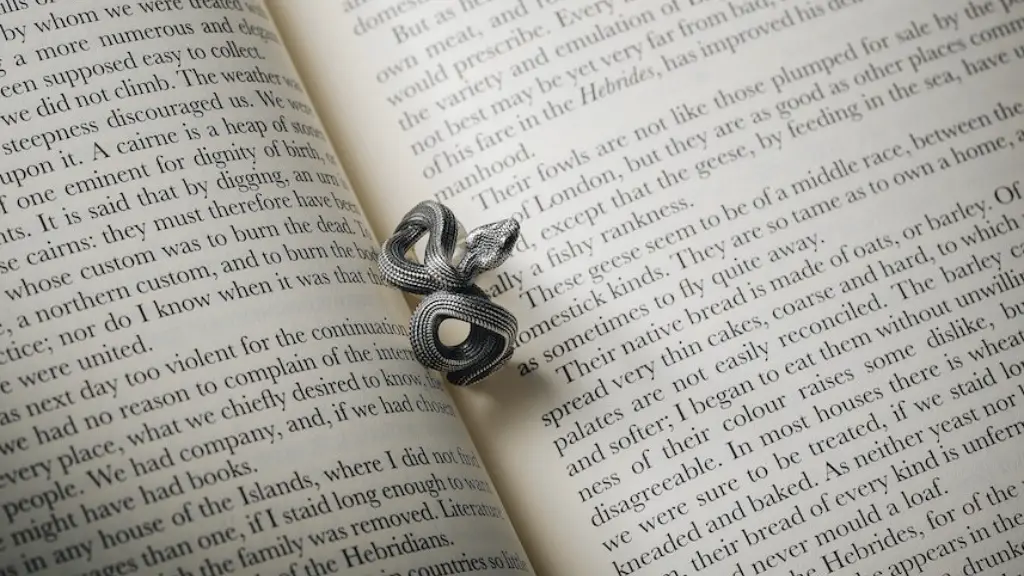Poetry broadsides are one of the most beautiful and unique pieces of print media, often consisting of a poem in a single page format, printed on a thicker paper than standard letter sized paper. The format of these broadsides allows the poet to make their work look more professional and add physical copies of their poems to archives and collections.
Before creating a poetry broadside, it is important to understand the materials and tools used in constructing them. For example, high quality heavyweight paper is used to ensure that the text stands out and is visible in all its glory. When it comes to the printing process, it is usually done on a laser printer or photocopier, or by visiting a professional print shop.
Concerning the visual design, some of the most popular choices for framing poetry broadsides include decorative elements such as line breaks, borders, and drop caps. These elements help to break up the text, making it easier to read and draw the eye of the reader. Sometimes, photos and other illustrations are added as well, as an additional layer of design.
When choosing fonts for a poetry broadside, it is important to go for something elegant and refined, as it is easy to overwhelm the text with too many fonts, which can make it difficult to read. Font families like Garamond and Baskerville, or modern serif fonts like Caslon, are the best choices.
Moreover, the size of the font should be considered in terms of making sure it is readable, while also making sure that it is not too small. A good rule of thumb is to start with a 12 point font size, and experiment with sizing up or down from there, as needed.
Another important step when creating a poetry broadside is to make sure the layout is balanced. This means ensuring that all elements of the design, such as font size, images, and other elements, are proportionate in size and visible in a balanced way. While it is natural to want to highlight certain elements or fonts, care should be taken to ensure that it is still aesthetically balanced.
For instance, when using decorative elements, they should not overwhelm the poem itself. Similarly, when using images, the poem should take precedence over the image. Ultimately, the goal is to create a beautiful and thoughtful poem that can stand out on its own.
Research & Finalize the Poem
Once the design elements of the poetry broadside have been completed, it is time to focus on actually writing the poem itself. This part of the process is often the most time consuming, so it is important to research the chosen topic and read some other poems on the same or similar themes to draw inspiration.
Concerning the writing process, it is essential to keep the poem clean and concise, since broadsides tend not to take up much space. Other key things to keep in mind is readability, meter, and rhythm. Once the poem is finished, it is important to revisit it one last time, to make sure there are no repetitions or unnecessary words that could be removed.
In addition, many of the aforementioned design elements should be adjusted to the poem itself in order to bring out its beauty and letthe words ‘breathe’ on the page. This could include varying the font sizes, using drop caps, adding line breaks and borders, as well assimple adjustments to the font weight and spacing.
Proofreading & Printing
The penultimate step in creating a poetry broadside is to proofread the work and make sure there are no mistakes in the text. This is an essential step, since any errors in the text will be glaringly obvious on the finished product. Tools like spellcheck are helpful here, as are grammar checkers like Grammarly.
Finally, the last step is to actually print the poetry broadside. If a professional printer or print shop is used, make sure to check the paper quality and ask for samples if possible, so as to ensure that the quality of the final product is satisfactory. In some cases, print shops offer additional services like varnishing, embossing, or gold leafing, which can add an interesting texture and depth to the broadside.
Marketing & Distribution
Once the poetry broadside has been created and printed, it is time to think about the marketing and distribution. This can be done in a variety of ways, including through art shows, bookstores, and local shops. Additionally, social media can be utilized to spread the word to a wider audience.
Creating a website or blog can help to create buzz as well, although it is essential to ensure that the website is secure, since people will be entering their personal information, such as their credit card details, into the website. Additionally, traditional marketing tactics, such as newspaper ads, radio spots, and mailers, can also be effective.
When selling broadsides online, it is important to utilize a reliable payment processor, such as Paypal or Stripe. This helps to make sure that the customer’s payment information is secure, as well as making sure that the poet is paid in a timely manner.
Pricing & Packaging
Finally, the last step is to determine a price point for the broadsides and package them accordingly. The price should take into consideration the cost of materials and production, while also factoring in any additional services, such as printing and varnishing.
Regarding the packaging, it should be strong and resistant so that it can withstand any knocks or bumps in the mail, while also being aesthetically pleasing. Putting the broadside in a clear plastic sleeve is often optimal. If a product catalog is included in the package, it is best to source a high quality one.
Conclusion
Overall, poetry broadsides can be a great way to showcase a poem and make it stand out from the crowd. With careful planning and attention to detail, anyone can create a beautiful and unique piece of art. By understanding the materials, tools and layout needed to create it, as well as the process of research, proofreading, printing, and packaging, a successful broadside can be crafted that is sure to please the poet and the readers.
